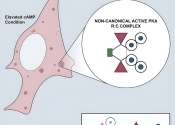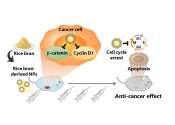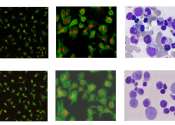Researchers create artificial cells that act like living cells
In a new study published in Nature Chemistry, UNC-Chapel Hill researcher Ronit Freeman and her colleagues describe the steps they took to manipulate DNA and proteins—essential building blocks of life—to create cells that ...









